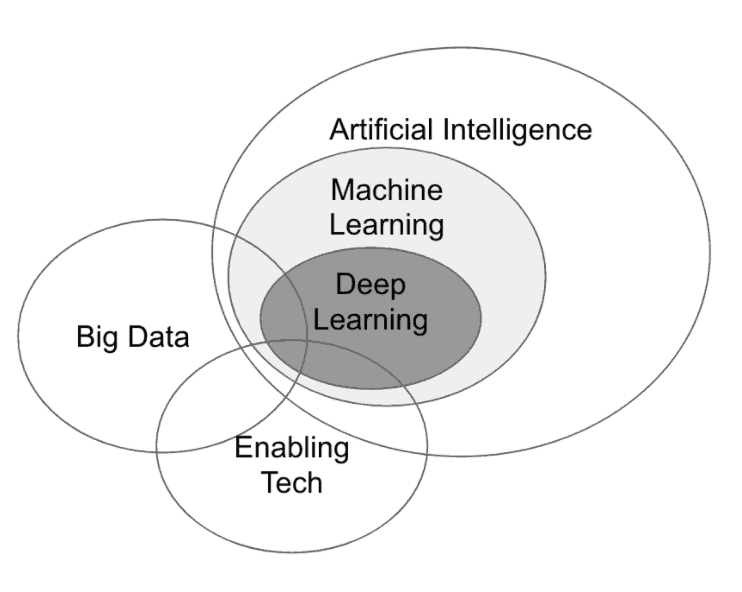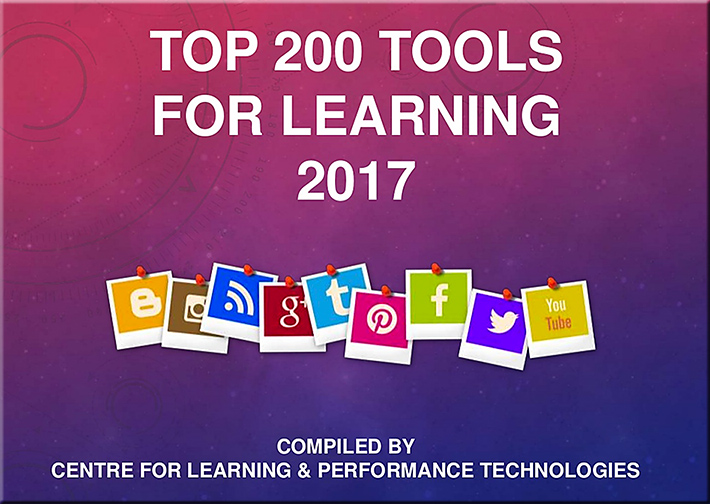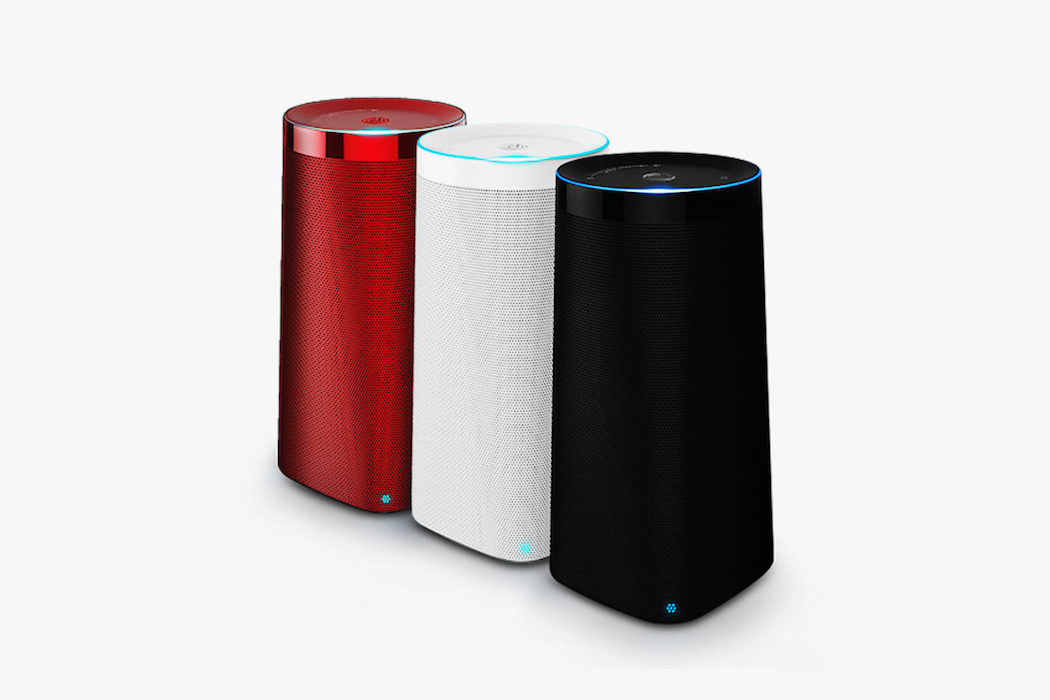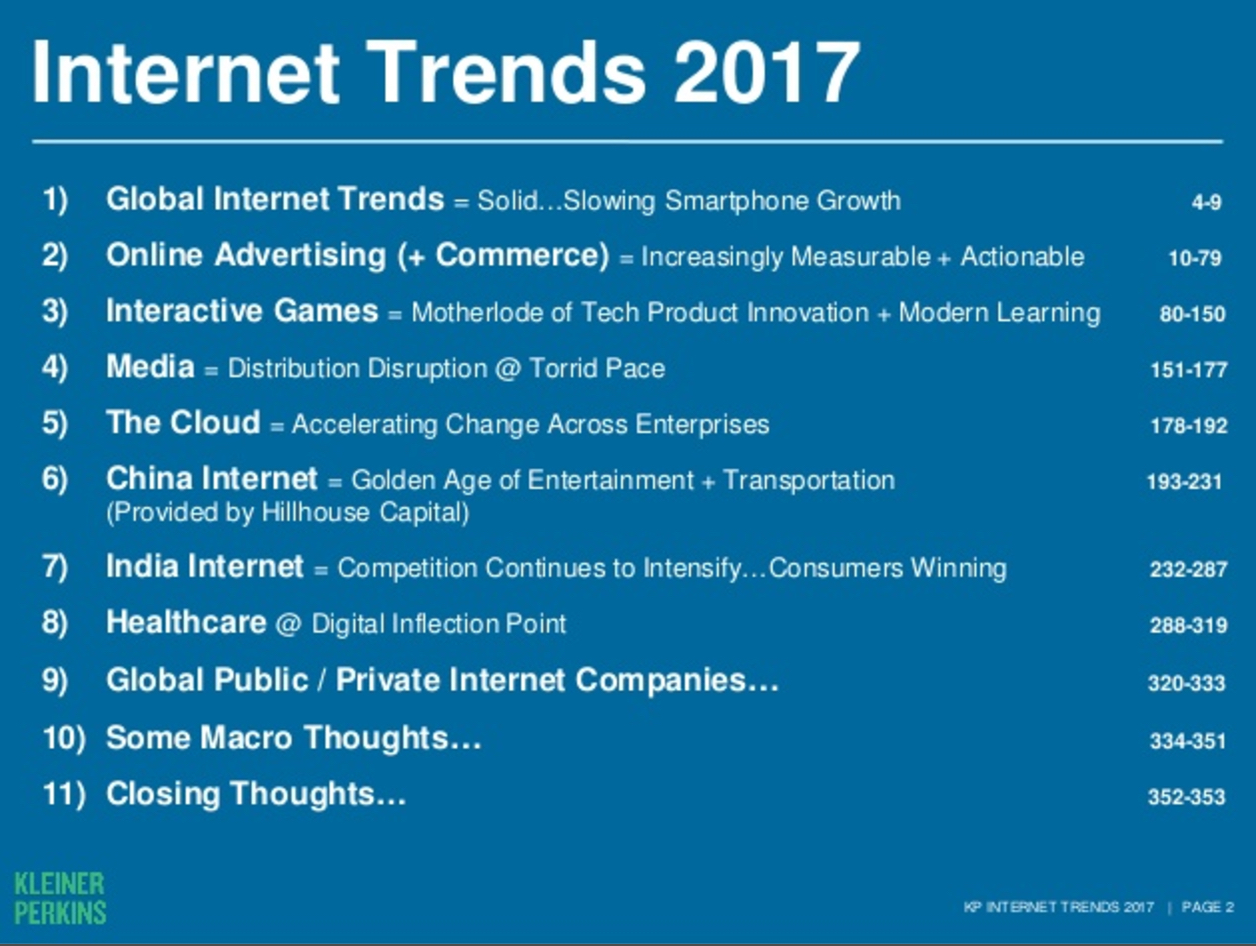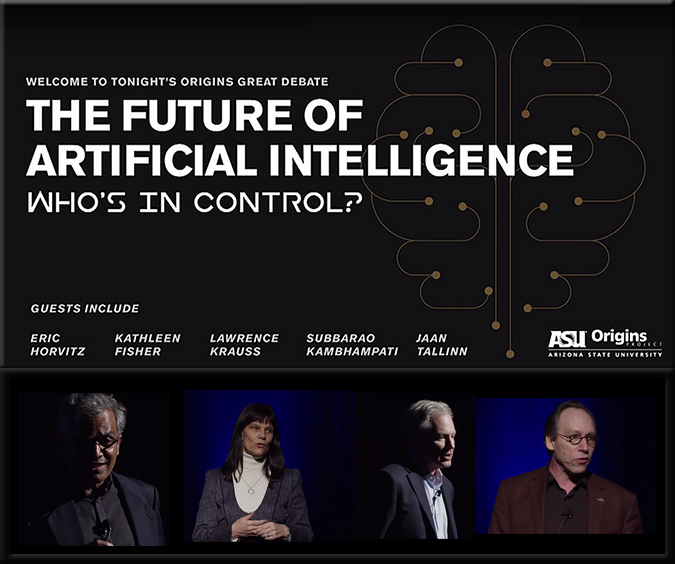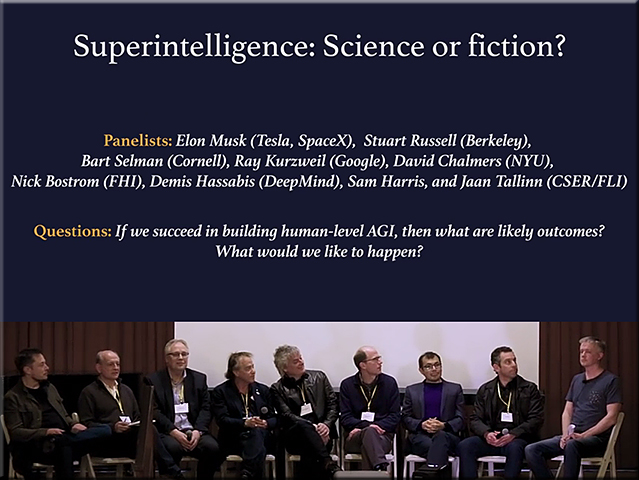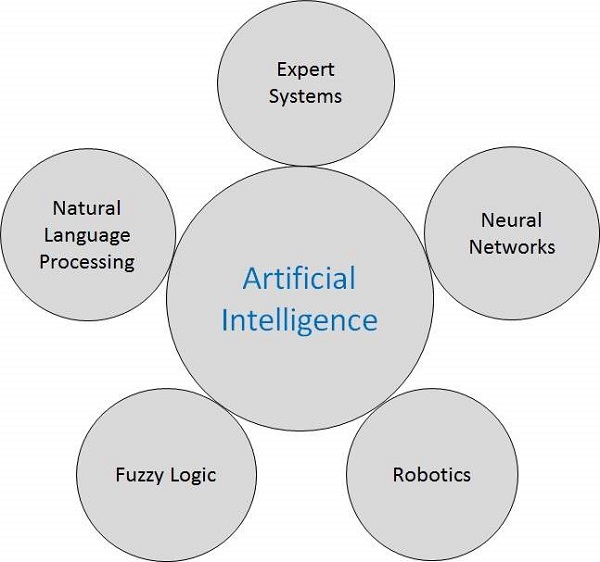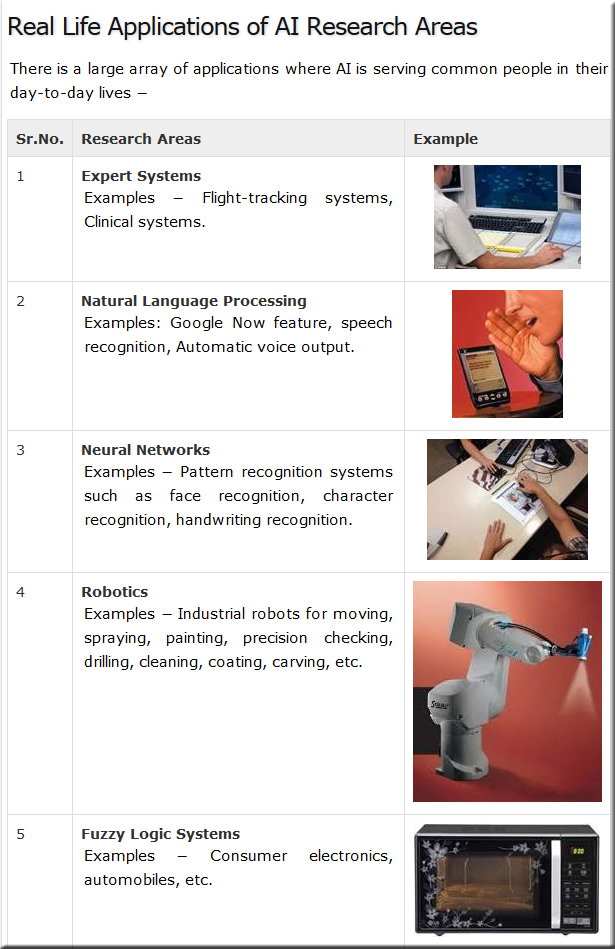Forrester predicts that AI-enabled automation will eliminate 9% of US jobs in 2018 — from forbes.com by Gil Press
Excerpt (emphasis DSC):
A new Forrester Research report, Predictions 2018: Automation Alters The Global Workforce, outlines 10 predictions about the impact of AI and automation on jobs, work processes and tasks, business success and failure, and software development, cybersecurity, and regulatory compliance.
We will see a surge in white-collar automation, half a million new digital workers (bots) in the US, and a shift from manual to automated IT and data management. “Companies that master automation will dominate their industries,” Forrester says. Here’s my summary of what Forrester predicts will be the impact of automation in 2018:
Automation will eliminate 9% of US jobs but will create 2% more.
In 2018, 9% of US jobs will be lost to automation, partly offset by a 2% growth in jobs supporting the “automation economy.” Specifically impacted will be back-office and administrative, sales, and call center employees. A wide range of technologies, from robotic process automation and AI to customer self-service and physical robots will impact hiring and staffing strategies as well as create a need for new skills.
Your next entry-level compliance staffer will be a robot.
From DSC:
Are we ready for a net loss of 7% of jobs in our workforce due to automation — *next year*? Last I checked, it was November 2017, and 2018 will be here before we know it.
***Are we ready for this?! ***
AS OF TODAY, can we reinvent ourselves fast enough given our current educational systems, offerings, infrastructures, and methods of learning?
My answer: No, we can’t. But we need to be able to — and very soon!
There are all kinds of major issues and ramifications when people lose their jobs — especially this many people and jobs! The ripple effects will be enormous and very negative unless we introduce new ways for how people can learn new things — and quickly!
That’s why I’m big on trying to establish a next generation learning platform, such as the one that I’ve been tracking and proposing out at Learning from the Living [Class] Room. It’s meant to provide societies around the globe with a powerful, next generation learning platform — one that can help people reinvent themselves quickly, cost-effectively, conveniently, & consistently! It involves providing, relevant, up-to-date streams of content that people can subscribe to — and drop at any time. It involves working in conjunction with subject matter experts who work with teams of specialists, backed up by suites of powerful technologies. It involves learning with others, at any time, from any place, at any pace. It involves more choice, more control. It involves blockchain-based technologies to feed cloud-based learner profiles and more.
But likely, bringing such a vision to fruition will require a significant amount of collaboration. In my mind, some of the organizations that should be at the table here include:
- Some of the largest players in the tech world, such as Amazon, Google, Apple, IBM, Microsoft, and/or Facebook
- Some of the vendors that already operate within the higher ed space — such as Salesforce.com, Ellucian, and/or Blackboard
- Some of the most innovative institutions of higher education — including their faculty members, instructional technologists, instructional designers, members of administration, librarians, A/V specialists, and more
- The U.S. Federal Government — for additional funding and the development of policies to make this vision a reality









![The Living [Class] Room -- by Daniel Christian -- July 2012 -- a second device used in conjunction with a Smart/Connected TV](http://danielschristian.com/learning-ecosystems/wp-content/uploads/2012/07/The-Living-Class-Room-Daniel-S-Christian-July-2012.jpg)
/cdn.vox-cdn.com/uploads/chorus_asset/file/9477517/hpheadset.jpg)

